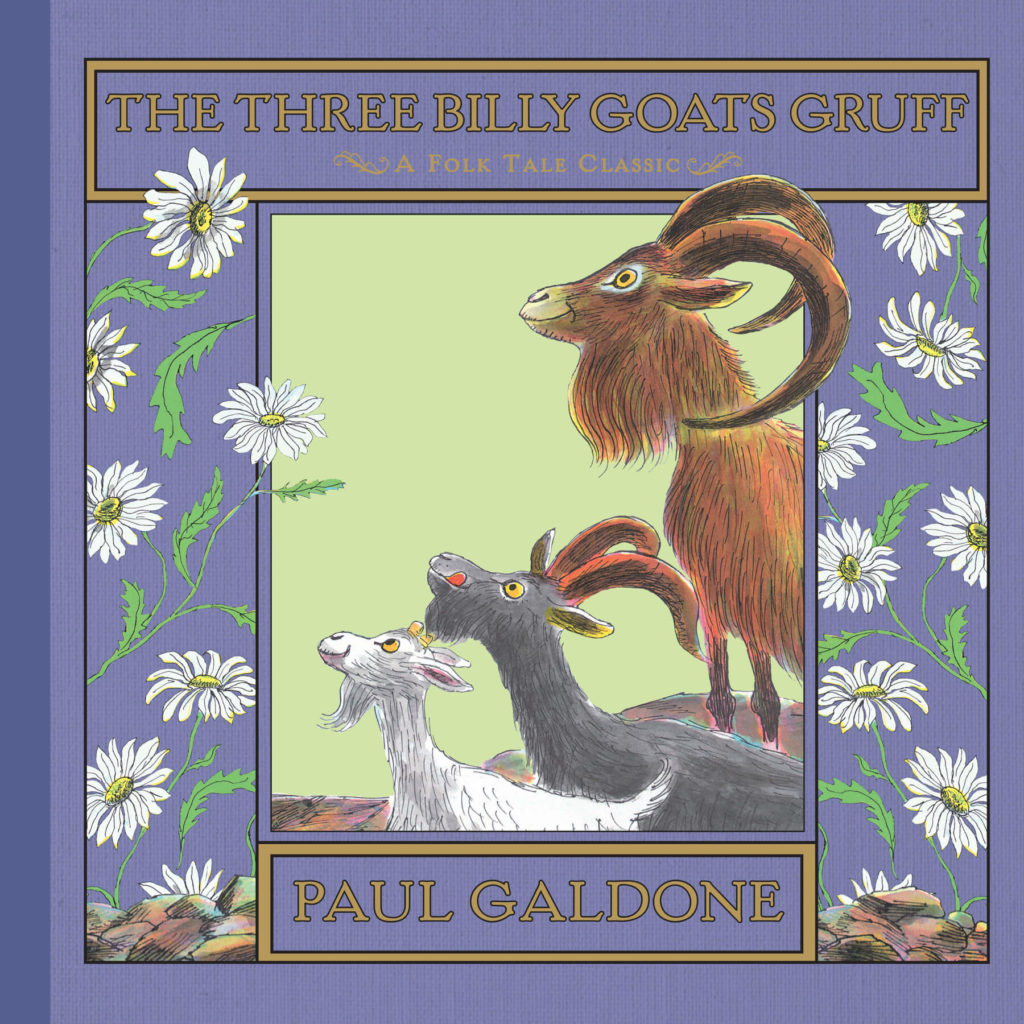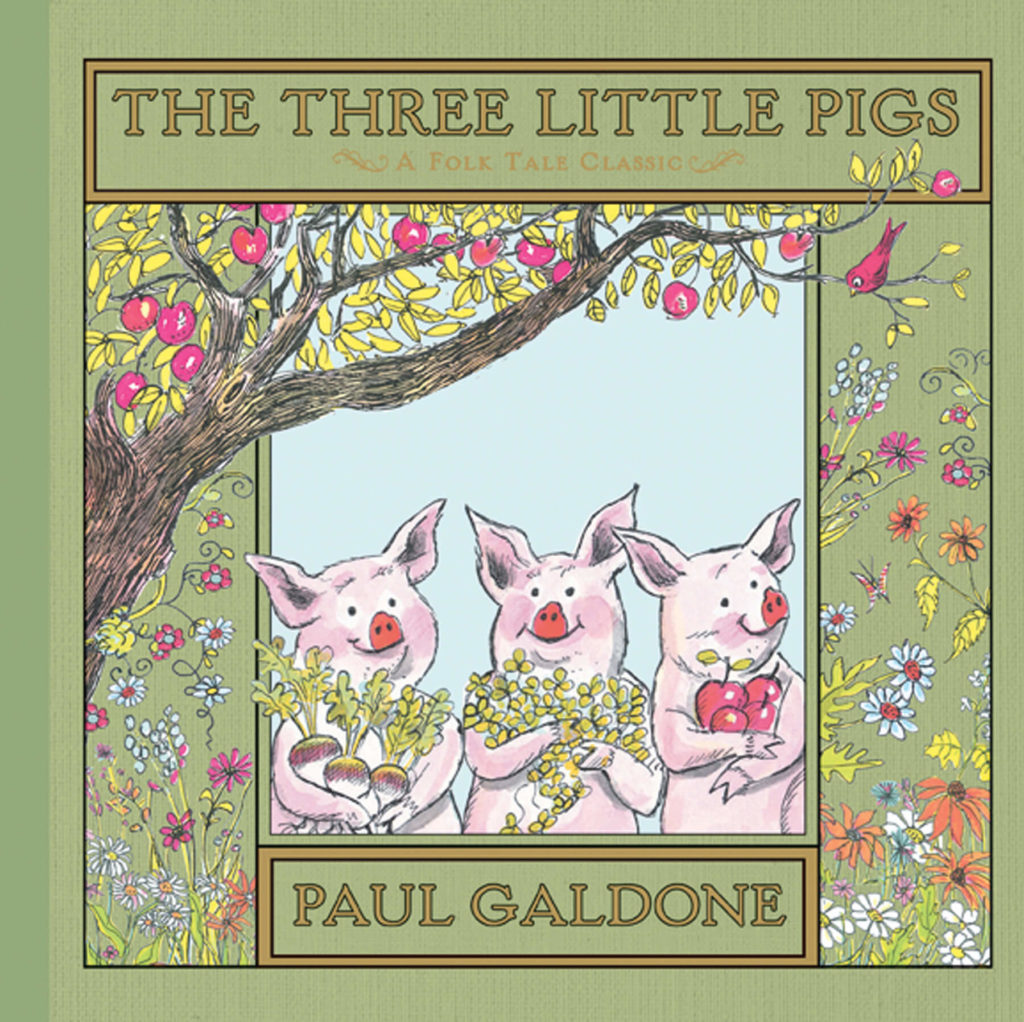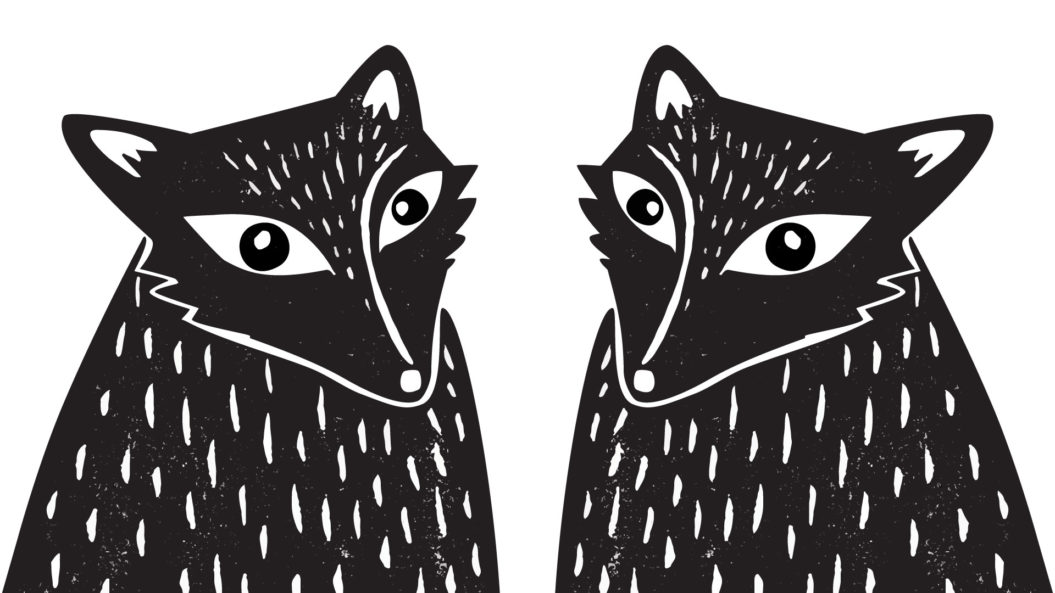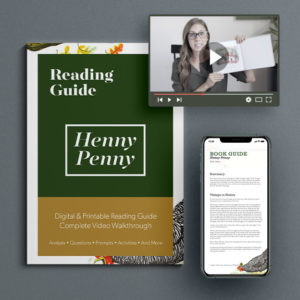One of the reasons children’s literature is complex is because it requires not only literacy of the text itself, but also some sense of visual literacy.
Simply put, visual literacy is the ability to evoke meaning from an image. Though we can say that simply, it can be a relatively complicated task. Children’s literature offers a unique pairing of narrative and images that work together to give the reader opportunities to explore the language of the book and the story the illustrations present the reader, as well. Sometimes the illustrations are used to tell more of the story that the words do not express. Other times they are used to show the reader what is coming on the next page or later on in the story. The illustrations in a children’s book can serve a variety of purposes. But one that may be getting overlooked is the way the illustrator uses demand images.
Demand images allow eye contact between the viewer and the subject. This allows of a connection to be made between the two. Typically, demand images seem more important, more emotional, and sometimes simply more human. Notice the images you interact with on a daily basis that create eye contact between you and the subject. In books, magazines, online, advertisements demand images usually ask for more of our attention. They stop us and ask us to care. In fact, they are usually used in a way that asks for some kind of emotional response: empathy, compassion, joy, curiosity, terror.

Three Billy Goats Gruff by Paul Galdone 
The Three Little Pigs by Paul Galdone
In children’s literature, you may notice that many books include one or more illustrations that include demand images. More often than not, this is a strong clue as to who the book is asking the child to identify with in the story. Sometimes the child is asked to identify with the main character and is asked to do so through an early demand image, even using the cover of the book to establish the connection.
But understanding the power of demand images is important and can create interesting conversations with the child when the character used for a demand image is not the hero of the story, but is a lesser character, or even, perhaps, the “villain” of the story. By using a demand image for one of these characters, the reader is asked to look at an unlikable character with more charitability and generosity. And, if mediated properly, this can begin to open up ideas of generosity and understand toward someone the child may have conflicts with.
An excellent example of this can be found in Paul Galdone’s version of Henny Penny*. This book has one demand image; one of the most unsuspecting characters is the only one who is given the privilege of having eye contact with the reader, and you may be surprised to find out who it is.
*Affiliate Link (no extra cost to you)
I unpack this in greater detail in my Henny Penny Reading Guide. You can download that here.
Are you a teacher? Purchase my complete Henny Penny Lesson Pack:
Lesson Plans (2):
The digital and printable lesson plans contain a book overview and analysis for context, suggested questions, and other things to consider when reading this book with your children or students.
3 Video Lessons (for the instructor):
In addition to the guide, you will also receive 3 in depth videos which dive deeper into the book and provide concrete examples of how to engage students during reading.
Printable Activity Sheets:
Printable activity sheets for Lesson 2 are also provided in this course.

